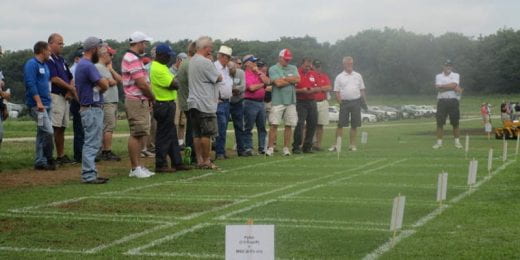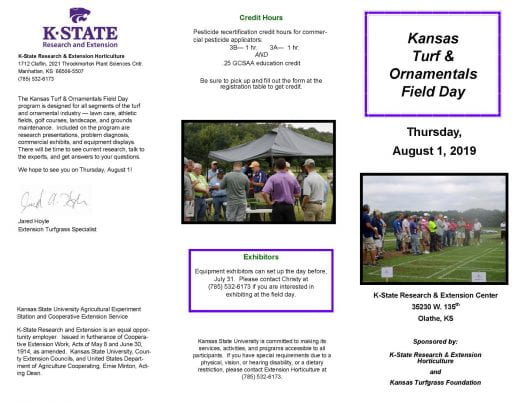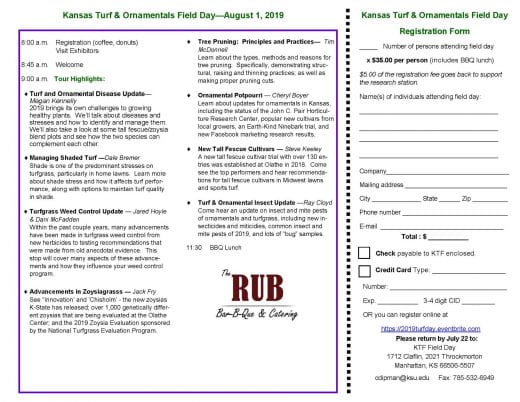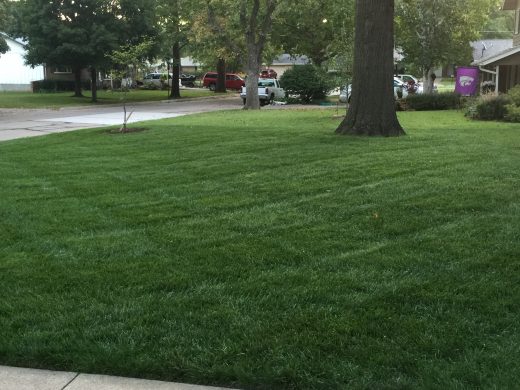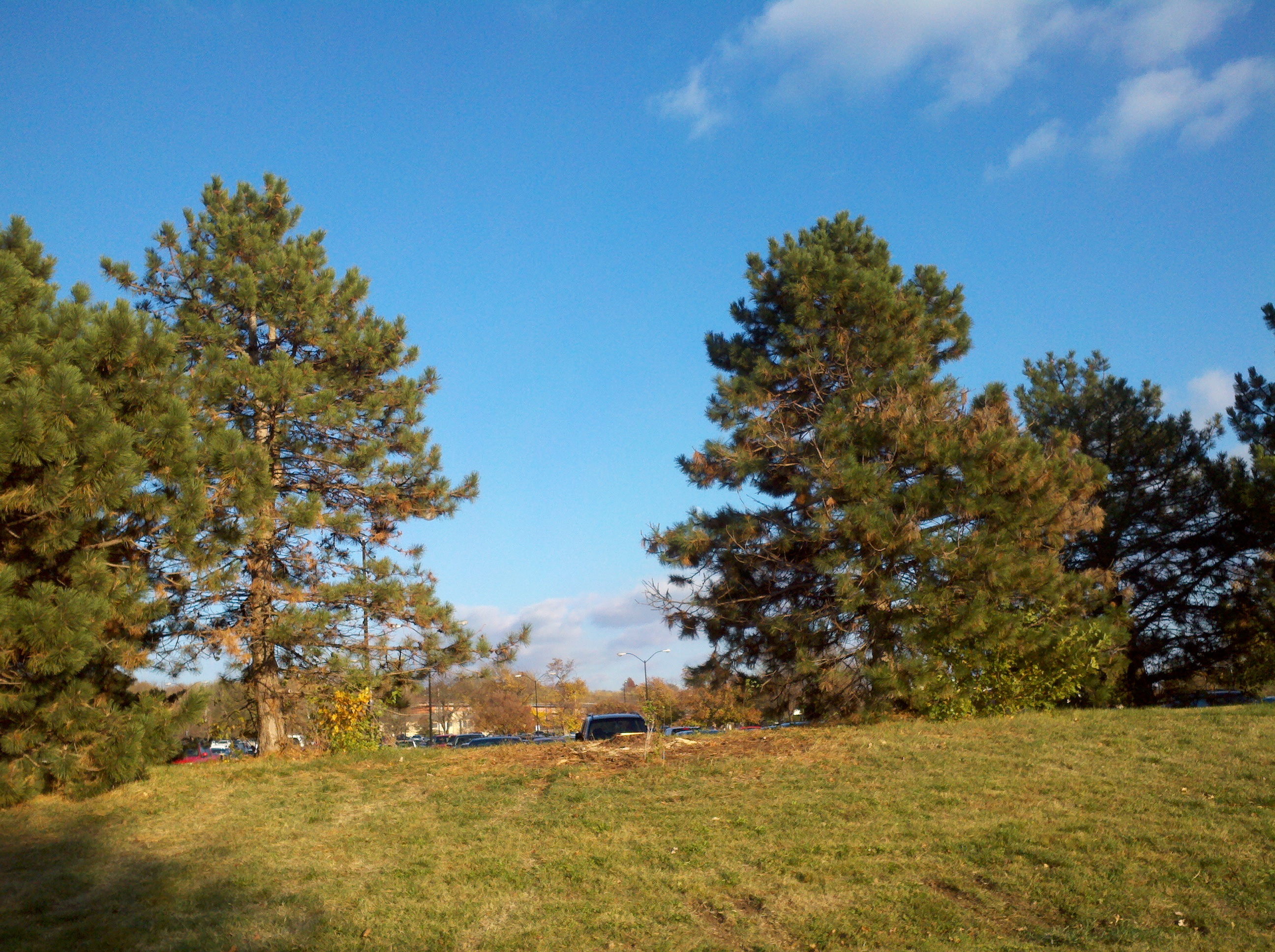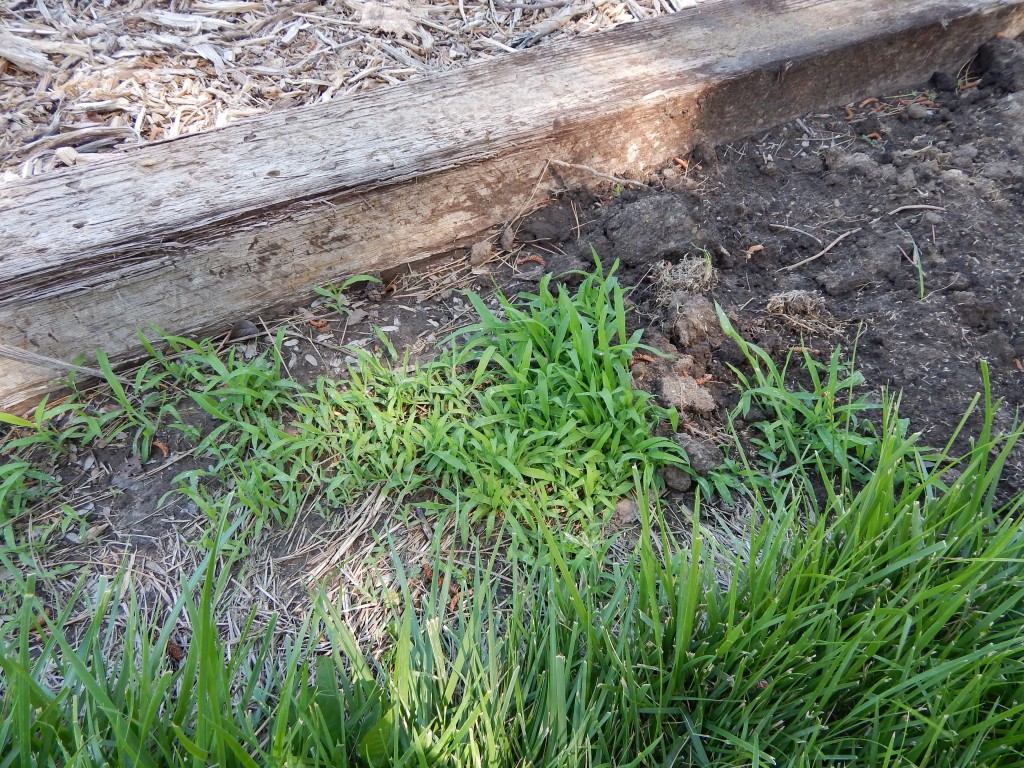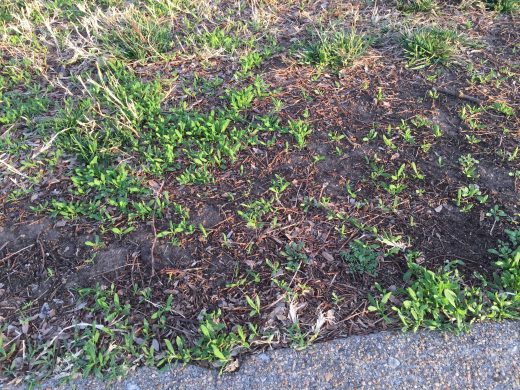Here are a couple of articles that should be helpful if you are
dealing with storm damage after a series of thunderstorms in our area. As we continue to face inclement weather throughout this week, please keep this information in mind. ***Articles have been provided by Warm Upham.Storm Damage and the Garden
Various parts of the state have had high winds, excessive rainfall and
hail. This column deals with what can be done to help our gardens recover.Heavy rain: The force of rainfall pounding on the soil can result in a
thick crust that prevents seed emergence and partially blocks oxygen
from reaching roots. A light scraping after the soil surface has dried
is all that is needed to correct these problems. Be careful of deep
tilling as it may damage young, tender roots.Standing water: Standing water cuts off oxygen to the roots, which can result in plant damage if it doesn’t drain quickly enough. Most plants can withstand 24 hours of standing water without harm. Hot, sunny weather can make a bad situation worse by the water becoming hot enough to “cook” the plants. There isn’t much that can be done about this unless a channel can be cut to allow the water to drain.
Hail damage: Plants should recover quickly as long as the leaves only were damaged by the hail as leaves regenerate quickly. The situation becomes much more serious if the stems and fruit were damaged. The plant can recover from a few bruises but if it looks like the plants were mowed down by a weed whip, replanting is in order.
Leaning plants: Either wind or water can cause plants to lean. They
should start to straighten after a few days. Don’t try to bend them back as they often break easily. (Ward Upham)
Pruning Storm Damaged Trees
Winter storms may cause serious tree damage. Often you will have to
decide whether a tree can be saved or not. Here is a checklist on care
of a storm-damaged landscape.1. Be careful: Slippery ice and chainsaws don’t mix. Wait until all ice
has melted before beginning work. Check for downed power lines or
hanging branches. Don’t venture under the tree until it is safe. If
large limbs are hanging precariously, a certified arborist has the
tools, training and knowledge to do the work safely.2. Cleanup: Remove debris so you don’t trip over it.
3. Decide whether it is feasible to save a tree. If the bark has been
split so the cambium is exposed or the main trunk split, the tree
probably will not survive and should be removed. If there are so many broken limbs that the tree’s form is destroyed, replacement is the best option.Topping, where all the main branches are cut and there are only stubs left, is not a recommended pruning procedure. Though new branches will normally arise from the stubs, they are not as firmly attached as the original branches and more likely to break in subsequent storms. Also, the tree must use a lot of energy to develop new branches, leaving less to fight off diseases and insect attacks. Often, the topped tree’s life is shortened.
4. Prune broken branches to the next larger branch or to the trunk. If
cutting back to the trunk, do not cut flush with the trunk but rather at the collar area between the branch and the trunk. Cutting flush with the trunk leaves a much larger wound than cutting at the collar and takes longer to heal. Middle-aged or younger vigorous trees can have up to one-third of the crown removed and still make a surprisingly swift comeback.5. Take large limbs off in stages. If you try to take off a large limb
in one cut, it will often break before the cut is finished and strip
bark from the tree. Instead, first make a cut about 15 inches from the trunk. Start from the bottom and cut one-third of the way up through the limb. Make the second cut from the top down but start 2 inches further away from the trunk than the first. The branch will break away as you make the second cut. The third cut, made at the collar area, removes the stub that is left.*Note:* Pruning can be dangerous. Consider hiring a trained, certified arborist to do major work. Also, a good arborist knows how to prune trees so that storm breakage is less likely to occur. Preventing damage is better than trying to fix it once it has happened. The Arbor Day Foundation maintains an excellent Web site that contains detailed information. The URL is:
https://www.arborday.org/media/stormrecovery/4_treefirstaid.cfm (Ward Upham)
Kansas Turfgrass and Ornamentals Field Day
(By Jared Hoyle, KSU Turfgrass Research and Extension)
The Kansas Turf & Ornamentals Field Day program is designed for all segments of the turf and ornamental industry — lawn care, athletic fields, golf courses, landscape, and grounds maintenance. Included on the program are research presentations, problem diagnosis, commercial exhibits, and equipment displays. There will be time to see current research, talk to the experts, and get answers to your questions. This year it will be a the K-State Research and Extension Center in Olathe on August 1, 2019.
For more information check out the Kansas Turfgrass Foundation Website – http://www.kansasturfgrassfoundation.com
Register online –https://www.eventbrite.com/e/kansas-turf-ornamentals-field-day-tickets-56438349623
We hope to see you on Thursday, August 1!
Want to be an Exhibitor? Register here – http://www.kansasturfgrassfoundation.com/uploads/8/9/7/3/8973595/exhibitreservationform2019.pdf
Find your career in Turfgrass Management
(By Jared Hoyle, KSU Turfgrass Research and Extension)
Do you have friends or family looking for a new career or looking to start their career? K-State has an opportunity for you! The Department of Horticulture and Natural Resources can prepare you for a career in Golf and Sports Turf Operations.
Check out our website for more information (https://hnr.k-state.edu/undergraduate/horticulture/specialization-areas/) and schedule a visit to K-State.
Experience the life of a K-State College of Agriculture Student! Shadow one of our Agriculture Ambassadors – go to class, speak to professors, tour campus, and more. Come visit us any weekday classes are in session. https://www.ag.k-state.edu/agexperience/
To really envision the possibilities of a K-State experience, there’s no substitute for seeing the campus in person. There are a variety of ways to tailor your visit to be a perfect fit. https://www.k-state.edu/admissions/visit/
Not many orchardgrass control options in turfgrass
(By Jared Hoyle; KSU Turfgrass Research and Extension)
Orchardgrass is a cool-season coarse textured, upright, bunch-type perennial grass. This grass is frequently used as a forage grass but may be a contaminant in low quality seed mixtures. The leaves are smooth, wide ¼ to ½ inch and taper to a boat-shaped tip. It is easily identified by its tall membranous ligule. The leaf color is light gray, dull-green and it does not form a dense turf canopy even when well watered and fertilized. It is not compatible with any fine leaf textured turfgrasses like Kentucky bluegrass, perennial ryegrass or turf-type tall fescue.
This grass usually invades lawns by planting contaminated seed lots or in newly established lawns that were once pastures. It grows well in full sun or partial shade but will not tolerate heavy traffic or close mowing heights. What makes this grass so objectionable aside from its color is its rapid vertical growth rate which requires more frequent mowing in order to keep a uniform turf surface. Additionally, the leaf tips have a tendency to shred rather than mow cleanly, even with sharp mower blades.
Now controlling orchardgrass is a different story. Just because we can identify it doesn’t always mean it is easy to control. Unfortunately, there no selective control options that we can use in cool-season turfgrass systems. Many different chemistries (mesotrione, chlorosulfuron, metsulfuron, and more) have been tested but didn’t provide satisfactory control.
So with that being said the options out there right now are physical removal, blah… Or non-selective herbicides like glyphosate. Remember that glyphosate will kill everything and not just your orchardgrass.
Always remember to READ THE LABEL for the correct rate, turfgrass tolerance, and specific instructions before application!!!
***Mention of trade names or commercial products in this article is solely for identification purposes and does not imply recommendation or endorsement, nor is criticism implied of similar products not mentioned by Kansas State University.***
Don’t forget to follow me on twitter @KSUTurf.
Also, visit our facebook page www.facebook.com/KSUTurf
Information in this article was from the 2019 Edition of the Turfgrass Weed control for Professionals and the Lawn Problem Solver Website.
May Weekend Warrior Reminders
(By Jared Hoyle, KSU Turfgrass Research and Extension)
This time of year we can be caught of guard when it comes to maintaining our lawn. Today we have some reminders about maintaining cool-season turfgrass for all you weekend warriors out there!
- Reminder – Avoid frequent watering to reduce weeds germination and disease.
- May is time for fertilizing cool-season turfgrass that is going to be irrigated. (See information below from Ward Upham.)
- Mowing Tip – Only remove 1/3 of the leaf blade at a time and make sure you mow your lawn at the recommended mowing height. For more information on mowing your lawn – https://www.bookstore.ksre.ksu.edu/pubs/MF1155.pdf
- Mowing Tip #2 – Retuning your clippings to the lawn can return up to 25% of fertilizer nutrients that would be lost if clippings were to be removed. – https://www.bookstore.ksre.ksu.edu/pubs/MF2110.pdf
Fertilize Irrigated Cool-season Lawns in May By Ward Upham
May is an excellent time to fertilize cool-season lawns such as
tall fescue and Kentucky bluegrass if they will be irrigated throughout
the summer. Non-irrigated lawns often go through a period of summer
dormancy because of drought and do not need this fertilization.
May is a good time to fertilize because the springtime flush of
growth characteristic of these grasses has tapered off, so the
fertilizer you apply will be less likely to cause excessive shoot growth
than if you fertilized at a full rate in April. Slow-release nitrogen
sources are ideal. These nitrogen sources promote controlled growth,
which is desirable as the stressful summer weather approaches.
Relatively few fertilizers available to the homeowner supply ALL of the
nitrogen in the slowly available form. But one such product that is
widely available is Milorganite. Other such products available in the
retail market include cottonseed meal, alfalfa-based fertilizers, and
any other products derived from plants or animals. (Bloodmeal is an
exception, and contrary to popular belief, the nitrogen it supplies is
quickly available.) These products are all examples of natural organic
fertilizers. They typically contain less than 10 percent nitrogen by
weight, so compared to most synthetic fertilizers, more product must be
applied to get the same amount of nitrogen. Translation: they are more
expensive! Apply enough to give the lawn one pound of nitrogen per 1,000
square feet. For example, if the fertilizer is 6 percent nitrogen by
weight, you will need to apply almost 17 pounds of fertilizer product
per 1,000 square feet. Summer lawn fertilizers that contain at least a
portion of the nitrogen as slow-release are fine to use as well. Be sure
to follow label directions. If cost is prohibitive, you can use the less
expensive quick-release (i.e., soluble) sources, but split the
application into two doses as follows: apply enough to give the lawn 0.5
lb nitrogen per 1,000 square feet in May and again in early June.
***** Reminder – These are recommendations for cool-season turfgrass species!*****
For more information on tall fescue lawns – https://www.bookstore.ksre.ksu.edu/Item.aspx?catId=545&pubId=1460
For more information on Kentucky bluegrass lawns – https://www.bookstore.ksre.ksu.edu/Item.aspx?catId=545&pubId=816
Star-of-Bethlehem (Ornithogalum umbellatum)
(By Jared Hoyle, KSU Turfgrass Research and Extension)
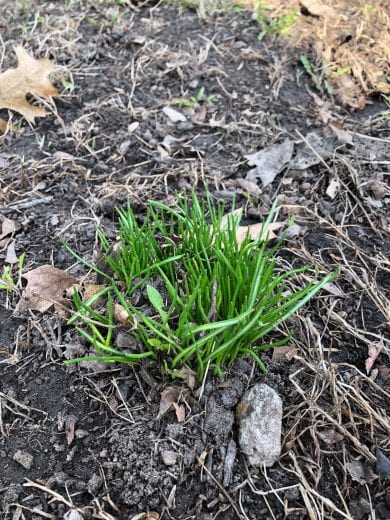
This time of year all across Manhattan, KS we are seeing star-of-bethlehem popping up in lawns. The reports that I get are from older lawns… Might be something I need to look into. Maybe, this plant escaped from traditional landscape plantings and is now taking over the lawns?

It is a very pretty plant with showy, 6-petaled white flowers that have a distinct green stripe underneath. It is a perennial bulb that sometime appears to look like clumps of grass. The leaves are linear and smooth, flat in cross-section and have a with midrib.
This plant also likes shady and moist areas of the lawn. With the recent moisture and more on the way we are not short of moist areas in the lawn around Manhattan right now.
Although it is has very distinctive characteristics it can be confused with other plants that are commonly found in lawns; crowpoison (Nothoscordum bivalve), spring beauty (Claytonia virginica), wild garlic (Allium vineale) and wild onion (Allium canadense).
For chemical control there are couple of options. Both sulfentrazone and carfentrazone have shown to be very effective.
Always remember to READ THE LABEL for the correct rate, turfgrass tolerance, and specific instructions before application!!!
***Mention of trade names or commercial products in this article is solely for identification purposes and does not imply recommendation or endorsement, nor is criticism implied of similar products not mentioned by Kansas State University.***
Don’t forget to follow me on twitter @KSUTurf.
Also, visit our facebook page www.facebook.com/KSUTurf
Cedar apple rust
(Megan Kennelly, KSU Plant Pathology)
The birds are singing, the tulips are blooming, and junipers (also called red cedars) are “blooming” in another fashion. Cedar apple rust is here. The pathogen (a fungus) spends part of its life cycle on a juniper tree, and the other part of its life cycle on apples, crabapples, hawthorns, or quince. To simplify, we’ll just call them “apple hosts.”

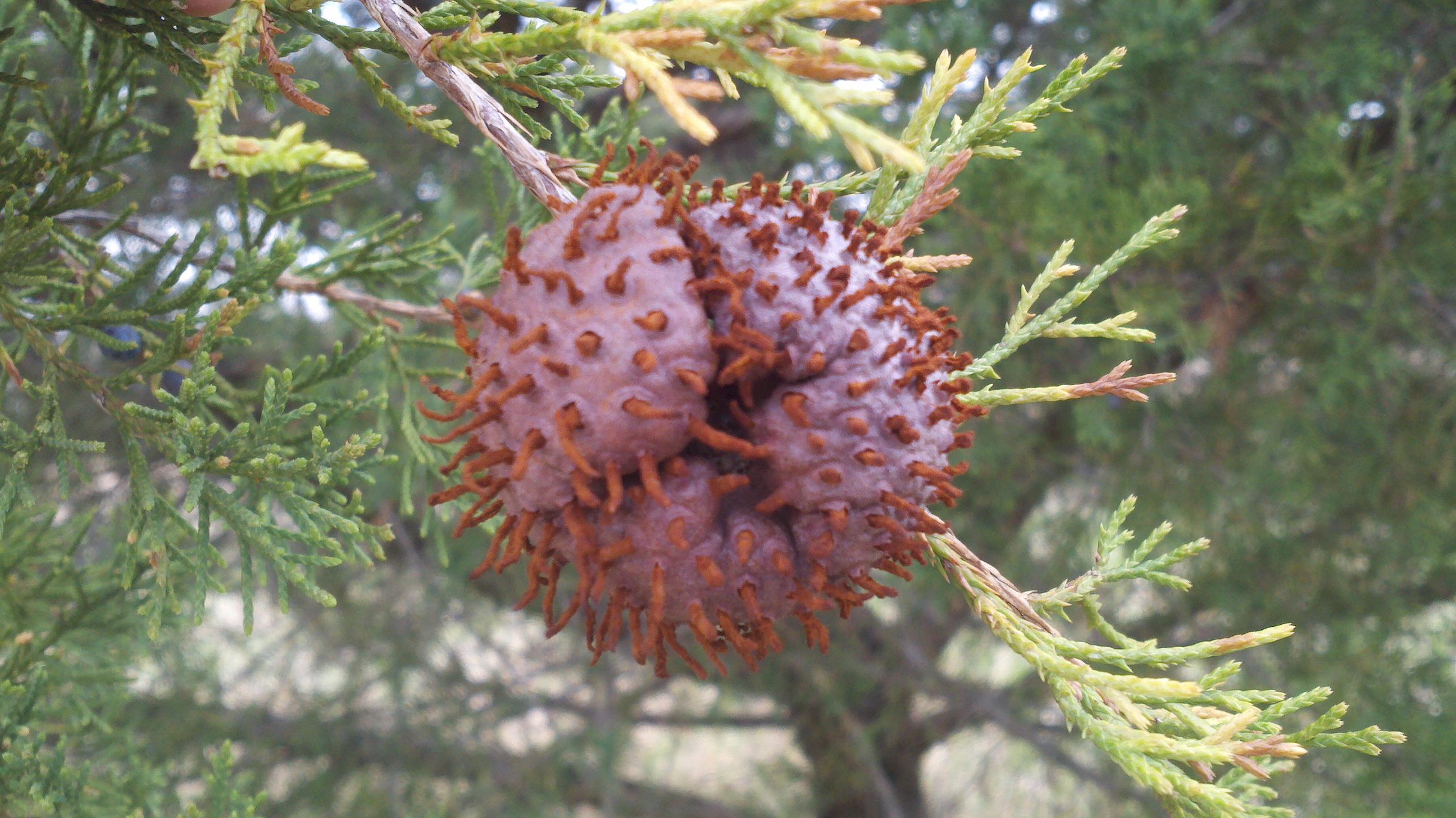
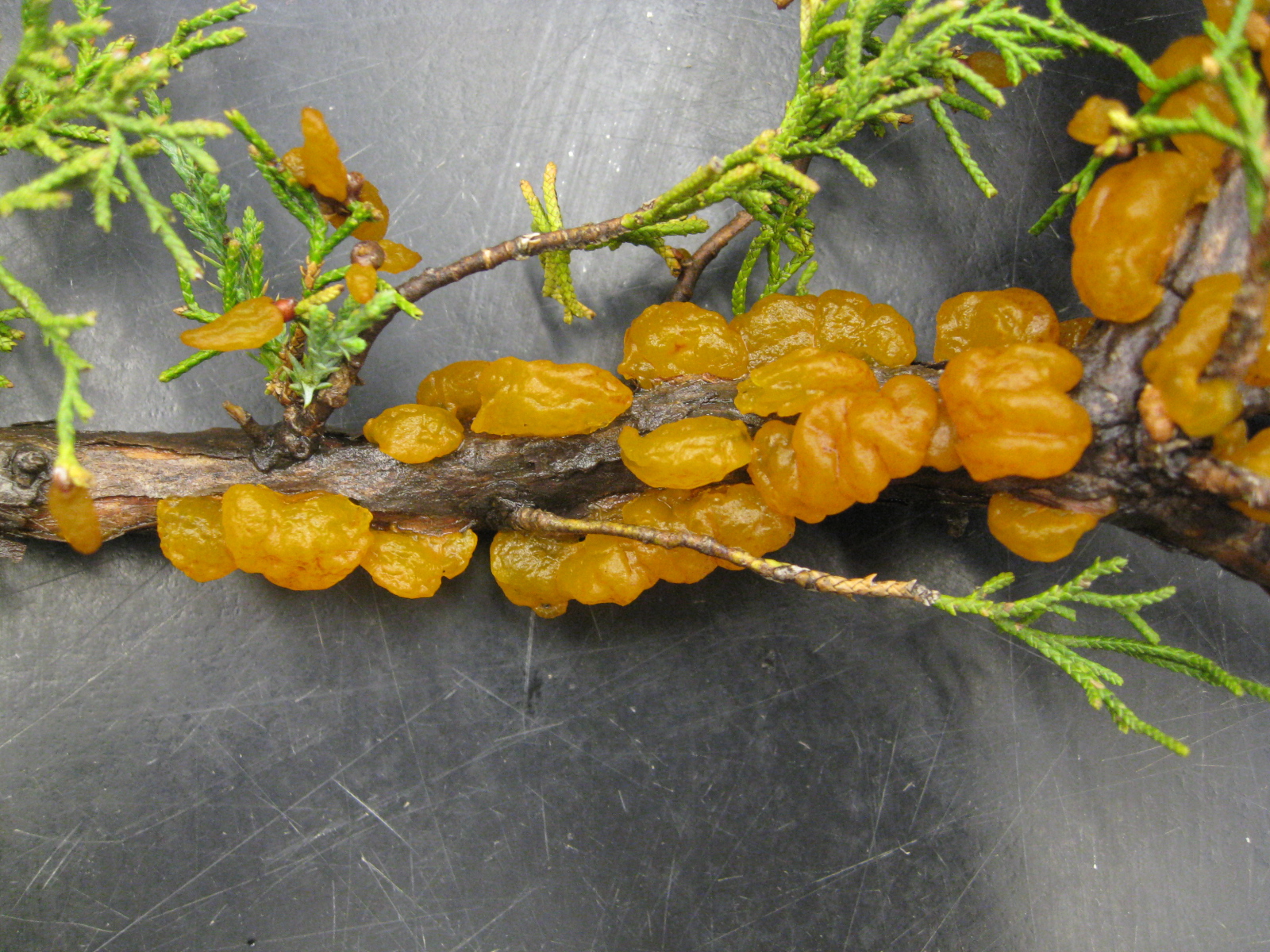
Those jelly-like orange masses on the junipers produce spores that infect the apple hosts. Once infection occurs, leaf spots on apple leaves develop in 1-3 weeks. Eventually, fungal spores are produced in these leaf spots on the apple tissues. The spores are spread by wind and rain back to junipers starting in about July. Without both hosts, the fungus can’t complete its life cycle.
The disease looks dramatic on junipers, but it does not cause any harm. The rusts can cause problems in the apple host, however. If infection is severe, many leaves drop off early and the tree is weakened due to reduced photosynthesis. If your tree only gets a small amount of rust each year, it probably won’t be an issue for long term tree health.
Management options (for apple hosts):
1) Resistance: For new plantings of fruiting or flowering apples, consider planting a rust-resistant variety. Information on crabapple cultivars is available at:
https://bookstore.ksre.ksu.edu/pubs/MF875.pdf
2) Tree care: For any apple tree, proper pruning will allow air movement through the canopy. This practice reduces the leaf wetness that promotes disease. Maintaining overall tree health will also help prevent the disease.
3) Fungicides: Homeowners with a bad history of this disease (severe defoliation), might consider preventative fungicide sprays on the apple hosts when leaves are out and the orange galls are active. For best control, applications should continue through May or as long as the orange galls are active. Products with the active ingredients myclobutanil or propiconazole are examples of materials labeled for cedar apple rust management in flowering crabapples and non-fruiting apples. Make sure you check the label carefully. For example, if you are talking about fruiting apples instead of flowering crabapples, some products are not allowed.
Commercial fruit growers should consult the Midwest Fruit Pest Management guide: https://ag.purdue.edu/hla/hort/documents/id-465.pdf
There is also a video on rust diseases at: https://www.youtube.com/watch?v=yQdwSPtvhH8 The video is 15 minutes long and describes the life cycle and biology of these fascinating fungi!
Paying Attention to Pine Diseases
Now is a really good time to check for Dothistroma Needle Blight on Austrian, Ponderosa and Mugo pine trees. Several pine samples from northeast Kansas have the K-State Plant Disease Diagnostic Lab with classic symptoms. This disease tends to show up in crowded, mature pine plantings. The key is crowded plantings that lead to poor air circulation. Wet weather and poor air circulation lead to increased disease severity.
If you are trying to sort out winter damage from Dothistroma needle blight, the first thing to do is to look into the bottom of the tree. Dothistroma causes needle shedding and tends to be more severe in the bottom of the tree. Essentially when you look into the bottom of the tree, the interior needles are gone and all of the lower limbs tend to be bare. Needle loss tends to be particularly severe in crowded windbreaks where air circulation is poor.
Next take a look at the foliage. The needles will have scattered spotting and a half needle scorch. The outer needle tip will be brown and the inner portion of the needle will be green. Each needle will be affected in a different location.
You can contrast this with winter burn which can also produce a half needle scorch but will always burn all of the needles back in exactly the same location. Plus the damage tends to be in the outermost foliage.
 The last thing to look for is raised black fruiting bodies (acervuli) on the affected needles. This is diagnostic sign for the disease. You may need a magnifying glass or 10X hand lens to see them, although when they are fully mature they are visible with the naked eye. The fungal fruiting bodies don’t start developing until late December or January, but now is a good time to look for them. If you don’t initially see them you can put the suspect needles in a Ziploc bag with a wet paper towel for couple of days. The high humidity will help the fruiting bodies pop out.
The last thing to look for is raised black fruiting bodies (acervuli) on the affected needles. This is diagnostic sign for the disease. You may need a magnifying glass or 10X hand lens to see them, although when they are fully mature they are visible with the naked eye. The fungal fruiting bodies don’t start developing until late December or January, but now is a good time to look for them. If you don’t initially see them you can put the suspect needles in a Ziploc bag with a wet paper towel for couple of days. The high humidity will help the fruiting bodies pop out.
Dothistroma needle blight and winter damage can look very similar. If you are going to spend money to treat for the Dothistroma needle blight disease then it is a good idea to confirm that the disease is present. Samples can also be sent to the K-State Plant Disease Diagnostic Lab at the address listed at the bottom of this post. Dothistroma needle blight can be managed with fungicides.
For more information on managing this problem see the pine disease factsheet at the following web link (O’Mara):
https://www.bookstore.ksre.ksu.edu/pubs/l722.pdf
K-State Plant Disease Diagnostic Lab
4032 Throckmorton, PCS
1712 Claflin Rd
Manhattan, KS 66503
Send Questions to: jomara@ksu.edu
Testing for Needle Blight: $10 Extension/$13.50 Non-Extension
Cut and destroy those pine wilt infected trees ASAP
(Megan Kennelly, KSU Plant Pathology)
Pine wilt has been killing our pines for decades. It is caused by a nematode (microscopic worm) that is spread by a beetle. The nematodes and beetles spend the winter in dead and dying trees. The beetles, loaded up with nematodes, start emerging in late April or early May and spread to new trees. Got pine wilt? Get that tree outta there! Chop it down, and burn or chip the wood, making sure not to leave stumps. Get this done in early April to stop disease spread.
If you have a dead pine in the eastern 2/3 of Kansas it could very well be pine wilt. Sure, it could be something else, like drought, but if it’s dead anyway you might as well assume it is pine wilt, and get it out and destroyed. You can send a sample in to KSU for testing if you want to know.
And, if you suspect pine wilt in the western part of the state, contact your local county K-State Research and Extension agent for help. Not only do we want it destroyed, we want to know where it is so we can understand where disease is spreading. (Find your agent here: https://www.ksre.k-state.edu/about/stateandareamaps.html)
Entirely dead tree? Cut it down and destroy the wood by chipping or burning.
Pines have multiple problems though, such as tip blight and Dothistroma needle blight. If you have any doubt you can work with your KSRE Extension agent to ship a sample up to KSU. For more information on pine diseases, and how to tell them apart, check out our publication about Pine Diseases in Kansas
Weed Control Update
(By Jared Hoyle, KSU Turfgrass Research and Extension)
As I look back through blog posts from Spring time in previous years, I notice a repeated theme – Crabgrass, Knotweed and Wild Garlic.
So instead of “reinventing the wheel this year” and writing a new blog post I am going to post previous years posts for these weeds. There is lots of great information about these weeds and how to control them. (Links to information below the photograph.)
This way I can focus on adding a weed to this list that is become more and more persistent in Kansas. (Stay tuned!)
Crabgrass
https://blogs.k-state.edu/turf/more-than-you-ever-want-to-know-about-preemergent-herbicides/

Wild Garlic
https://blogs.k-state.edu/turf/stinks-dont-it-wild-garlic-control-in-turfgrass/
Knotweed
https://blogs.k-state.edu/turf/not-your-fathers-knotweed/
Always remember to READ THE LABEL for the correct rate, turfgrass tolerance, and specific instructions before application!!!
***Mention of trade names or commercial products in this article is solely for identification purposes and does not imply recommendation or endorsement, nor is criticism implied of similar products not mentioned by Kansas State University.***
Don’t forget to follow me on twitter @KSUTurf.
Also, visit our facebook page www.facebook.com/KSUTurf
